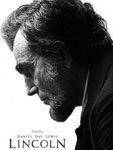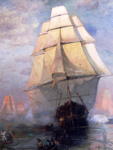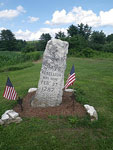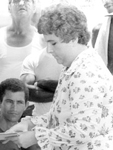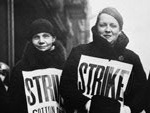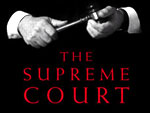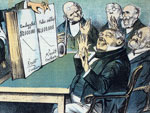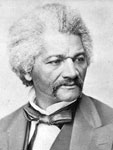The breadth/depth question is a central one in history education, but may be compounded in world history where there is so much breadth, and the possibilities for depth are seemingly endless. Teaching with cases (as you've been doing) can be an excellent strategy for tackling this dilemma in world history. However, case studies can sometimes seem episodic or isolated to students who do not fully understand what the cases they are studying are "cases of."
It is important, then, to also introduce students to the larger global or interregional patterns in world history. Understanding these patterns will allow students to make more sense of the cases that they encounter. However, classroom resources (such as the textbook) do not always provide a coherent global narrative that explains these patterns. Although there is no one agreed-upon story of the world’s history, there are several resources that can help teachers (and students) understand a big global picture. For example, the book This Fleeting World by David Christian presents a history of the world in 92 pages. Certainly there are things left out, but, in doing so, Christian has written a coherent history on the largest scale—a story that teachers can add to with investigations of events at smaller scales. Similarly the book World History: The Big Eras (a companion to the World History For Us All (WHFUA) website) includes essays focusing on large-scale global patterns that teachers can use to inform course design and assessments.
. . . case studies can sometimes seem episodic or isolated to students who do not fully understand what the cases they are studying are "cases of."
Understanding the big picture in world history is one thing, but how should we represent it to our students while also guiding them to go into more depth?
Start Large
One way is to introduce an historical era, instructional unit, or even a school year by first teaching the larger global or interregional story. The World History For Us All (WHFUA) website has freely available PowerPoint slide shows that portray this type of global overview of a particular era (see here for an example). These slide shows can be modified for one's own classroom, and many teachers find them extremely useful for framing units of study. The patterns or themes that such a presentation sets up can then be used throughout the unit when discussing particular cases. Students can hold each historical case they study up to scrutiny based on the larger global or interregional patterns (e.g., is this a "case of" the larger pattern? Why or why not? How does this case compare to others?). Returning to the global patterns throughout a unit of study is crucial and this can be accomplished by frequently revisiting part or all of the opening presentation. By the end of a unit, students should be able to use the cases they have studied to provide examples and non-examples of the patterns and themes presented at the beginning of the unit.
Make Each of Your Essential Questions Truly Essential
An important aspect of this work is the use of questions. You mention having essential questions for each of the cases you present to your students. Essential questions can be extremely useful, but, perhaps surprisingly, when it comes to developing them, less can truly be more. Having one central question that can hook students and organize a unit, semester, or even a year can often be more effective than using lists of essential questions for each lesson or unit. Moreover, developing a central question that relates to a particular global pattern for a particular era can help students with their analyses of connected cases. For example, for a unit on global industrialization, you might ask, "How was the Industrial Revolution a global process?" As students explore cases of industrialism around the world, they can continually return to the question to see how the cases relate to the global pattern of industrialism (or not). The question also addresses a common misconception that the Industrial Revolution was solely a European and North American event.
Having one central question that can hook students. . . can often be more effective than using lists of essential questions. . .
Of course, you will always ask students additional questions in your lessons and units, but having students focus on one central question will allow them to better focus on making connections between unit content. Last, a well-designed central question can serve as a final assessment of students' understanding of the content of a unit, semester, or year.
Select Cases with Care
There are several web-based resources that can help teachers decide what cases might be particularly rich for an historical era as well as what global or interregional patterns should be highlighted. The WHFUA website includes lessons at different scales: panorama (at a global or interregional scale), landscape, and closeup (often in-depth case studies). As mentioned above, the accompanying WHFUA book provides essays and discussion questions for each of nine eras in the curriculum. Although geared toward AP and college students, The Bridging World History website, can provide ideas for how to structure units for all students using large global patterns and specific case studies (the sample question I mention above is from the site). The site also includes interviews with historians around particular topics and provides primary and secondary source readings and images (click here for an example).
The key component to all of this work is to be able to move back and forth between smaller and larger scales so that students see how local or national events connect to larger interregional or global patterns. This is certainly not easy, but it is made more manageable by setting up global and interregional frameworks and then using carefully chosen case studies that provide examples or non-examples of the larger historical patterns.
Good luck with this important work!
